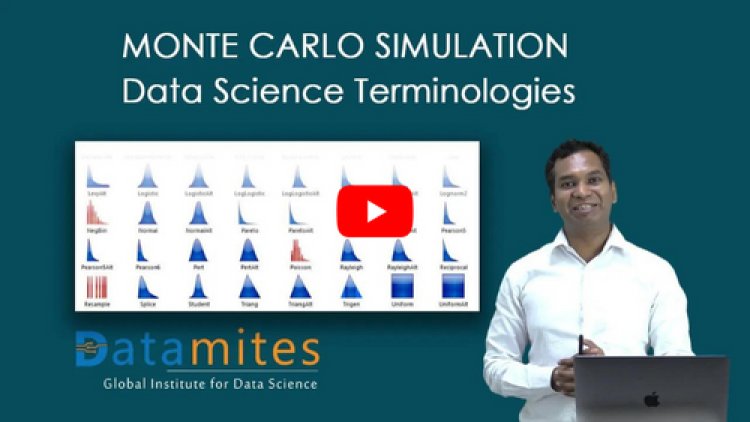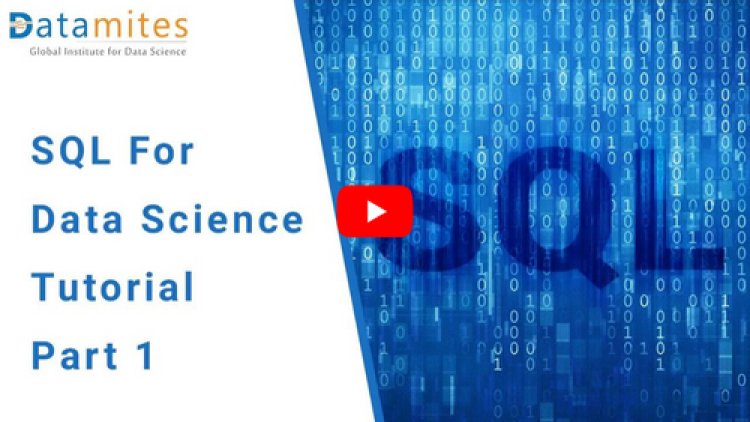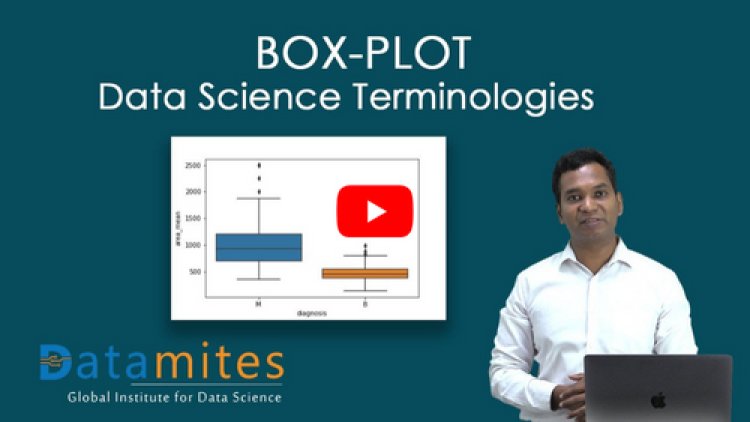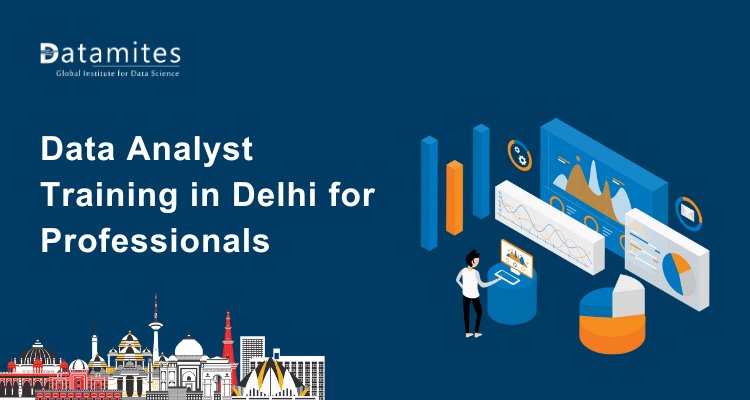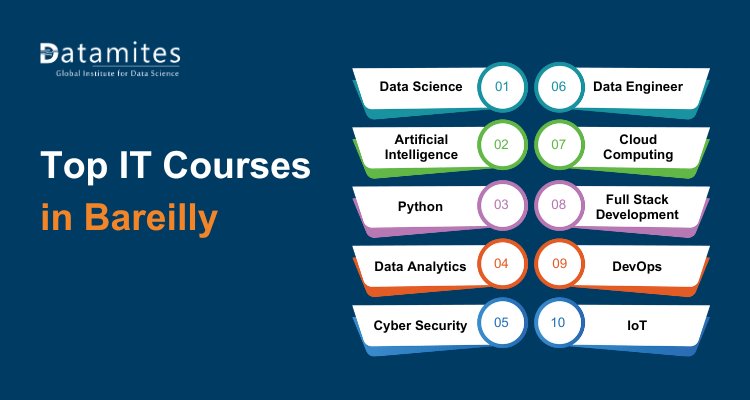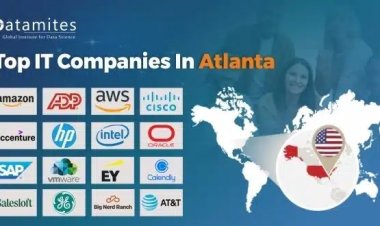Role of Data Science in Making Education A Lot Better
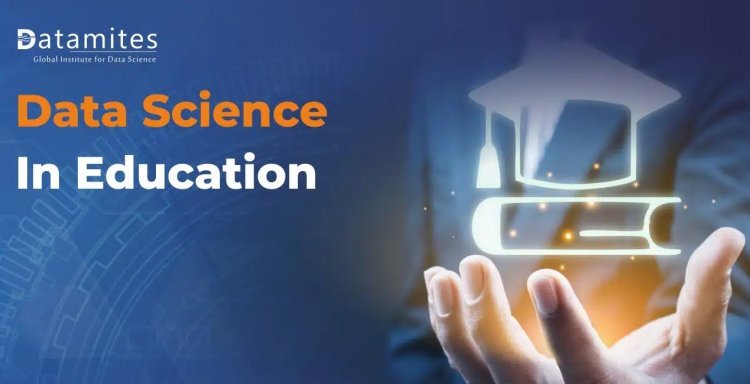
People can pursue countless milestones using data, a precious asset today. Data science has been productive in evaluating, managing, and dealing with data all day due to the growth of technology and the growing availability of data. Multidisciplinary in nature, data science is now routinely used in practically every sector of the economy, including education.
Data Science in Education
The educational industry can greatly reap the benefits of contemporary data science technologies. Due to the abundance of educational data, data scientists have a multitude of opportunities to find cutting-edge uses for data science. Despite the pandemic compelling the educational sector to move completely online, e-learning is presently only accessible on a small number of digital platforms.
Although both teachers and students have gotten adjusted to this worldview, it’s still a bit confusing to completely shift from the traditional classroom teaching experience to a completely new way of teaching and learning. How does data science help ease up the process of teaching and learning? Let’s find out together.
Refer to the article: 10 Python Built-in Functions Which You Should Know While Learning Data Science
- Better Tabs on the Student’s Requirements
Every educational institute uses a variety of evaluation and assessment methodologies to monitor their student’s performance and their needs. The essential trends and patterns in students, however, were frequently difficult for such old techniques to identify and incorporate. But with data science, it becomes an easy task. Teachers can now carefully examine their students’ needs depending on their performance and evaluations, thanks to advancements in big data analytics.
Using the graphical representation, they can see which subjects he is doing better in and which he isn’t. For all students to participate in and hone their talents, a data platform will treat its users equally, without any bias. In light of this, data science is helpful in the ongoing evaluation and monitoring of student performance.
- Enable Adaptive Learning Methodology
Each learner is diverse in his/her own way and has a particular method of learning. Selecting the teaching strategies that will work best for all the pupils in the classroom becomes a challenging assignment for educational institutions as a result.
Personalized learning experiences are provided through the use of resources, real-time feedback, and content that is tailored to the individual needs of the learner. It aims to give each user a unique but customized experience. Teachers can now employ adaptive learning strategies thanks to big data and data science. Big data can assist teachers in identifying pupils’ skills and selecting the best teaching strategies for each one.
- Advancing the Curriculum
Education is a tremendously broad field that is always changing. Preparing pupils to meet the challenges of this competitive era is the primary goal of various educational institutions. To accomplish this goal and create a more effective curriculum for their students, they must stay current on market demands. To get insights from the data and forecast future market trends and demand, educational organizations are turning to data science in order to provide students with the necessary skills.
Institutes are using data science systems to analyze the growing trends in the market using various statistical measures and monitoring techniques in helping the creation of course materials imbibing all the useful topics within one frame. Predictive analytics helps universities to analyze demands for new skill sets and curate courses that address them.
Read this article: What does the Future hold for Data Science?
- Assessing Instructor Performance
Teachers’ effectiveness affects pupils’ performance. The majority of the methods utilized to evaluate teachers’ performance were manual, were often ineffective, and frequently needed time for evaluation. It is now possible to monitor teacher performance because of advances in data science.
To get some insightful conclusions that highlight the teachers’ strong and weak points, the data can be evaluated in a variety of methods. This enables them to develop appropriately. On the information gathered from student attendance records, test scores, feedback, etc., analysis can be done. Natural Language Processing also makes it feasible to examine the reviews’ feelings and offer a thorough study of teacher performance. Administrators can easily monitor the actions and pedagogical techniques of the teacher’s thanks to data science in education. This aids them in determining the best methods of instruction.
- Analyzing the Student Demographics
If an educational institute has been around for a while, there will typically be a large number of students enrolled there, hence they need to keep track of a variety of demographic information and data about students, including attendance, performance, extracurricular activities, and even dropout rates. Teachers and staff can use data science to help them manage the massive amounts of data science because it is impossible for them to manage it all personally.
What is Monte Carlo Simulation?
- Education that is Obtainable to a Wide Student Base
During the pandemic, many students are also working remotely, and virtual classrooms, cloud-based e-learning platforms, as well as customized applications, are starting to become standard as educators attempt to provide top-notch learning programs for a scattered student base. Virtual and augmented reality can offer fun simulations and gamification to encourage a more engaging remote learning experience.
- Enhanced Parent Involvement
Student’s self-esteem and attitudes in class are raised as a result of parents and teachers communicating more with one another. The analysis aids not only institutions but also parents in making decisions about how to improve the educational system and the learning environment for students.
For the purpose of assessing student performance, teachers can make use of a sizable amount of student data and a variety of analytical techniques. Informing their parents about potential problems that may have an impact on their child’s success in several areas, such as academics, athletics, and other activities, is helpful.
Refer this article: Why Choose Python Programming for Data Science?
- Better Management
From an organizational standpoint, the various data science methodologies can assist institutions in better planning and organizing their operations. Their ability to make key judgments on corporate operations will also be aided by this. Educational institutions might restructure their strategy with the aid of various data science technologies. The better the management even better will be the overall result.
- Increase Student Participation
If the kids are unwilling to participate or show an interest, teaching is pointless. Numerous universities and educational institutions stay current on the methods and trends used to engage pupils. They are using a Data Science system to examine current market trends in order to achieve this.
Data science can be useful for studying various patterns and assisting program developers to comprehend useful issues by using various statistical criteria and observational procedures. In addition, by utilizing predictive analytics, institutions can assess the demand for new skills and choose courses or activities accordingly. With the development of data science, anything is conceivable, whether it be a course or an activity.
- Estimate the Graduation and Dropout Rates of Students
In order to anticipate outcomes like which students are most likely to enroll, graduate, and be prepared for a career in their preferred field of study, higher education institutions are actively using data science in education and machine learning solutions. These characteristics also assist educational institutions in identifying trends in student dropout rates and the accompanying demographic and educational variables in order to forecast likely new dropouts and appropriately allocate resources.
- Education-related chatbots
Schools are addressing persistent absenteeism by utilizing intelligent chatbots. To assist kids who frequently miss class, for instance, a two-way text messaging system powered by AI was created. This system enables teachers to communicate with the student’s family. Additionally, it provides individualized, round-the-clock assistance to children who are having trouble learning.
SQL for Data Science
- Empowering Students with Opportunities
In order to draw a large number of students to their institution, educational institutions may use student data to identify the academic interventions that are best suited for their pupils. Universities may also employ data scientists to more accurately determine the needs of their students and provide the best facilities.
A student can be urged toward his aim to accomplish something significant if the data analysis indicates that he is interested in a certain component. A student can enter tournaments if he is talented in sports and shows interest in them. Students will benefit from this as well as the organization, which will enhance its reputation.
- Shaping the Future Workforce
While investing in new technologies and data science in education, educational institutions are also thinking about the future, particularly the future of the workforce, in addition to addressing existing issues and goals. These organizations must adapt to shifting economic and social conditions, emerging technologies and disruption, and a new era of work.
Academic institutions may assist students in becoming more career-ready and reduce the gap between education and employability, which is an increasing issue among employers, by adopting a data-centric approach to changing labor expectations.
Also read this article: How Significant is Data Science for Top-Level Executives?
Data Science in Education – The Future
Because data will continue to proliferate, we can already see how promising the future is for data science. Everybody seeks an environment where learning may take place without rivalry in today’s ruthless society. The context of data science well fits this. Since there is such high demand, competition is healthy, and the industry is always changing, learning is also ongoing.
Data science for sure offers significant and dependable opportunities for growth in the educational sector. The education sector has welcomed data science with its arms wide open there accelerating the growth in the industry. The advantages and incentives of data science make it a potent weapon in the educational field.
All industries have been transformed by data science, and it has aided in raising productivity and efficiency in business procedures. Indeed it has become a universal phenomenon that has transformed industries and markedly enhanced their performance. In terms of education, Blackboards have given way to projects, lectures have gone from offline to online sessions, and literally, everything has gone digital. Now it appears more than ever before that data science is essential in the educational industry.
The Final Say
Data science in education is a new field, thus it’s critical that those developing it comprehend the particular issues and culture of the sector. After all, the capacity to cater to the specific requirements of faculty, staff, and administration will set data science in education apart from other applications of the discipline.
If data science interests you, well you are at the right place. DataMites is the global training provider of data science courses with a syllabus meticulously fabricated to meet the growing demands of the industry. DataMites Certified Data Scientist Course is the flagship course that we offer for an 8-month duration that will imbibe you with everything you need to know about data science from level zero to ten. Our Data Science Courses are accredited by IABAC, Jain University, and NASSCOM giving the curriculum a standard of excellence.
What is Histogram – Data Science Terminologies
What is Box Plot – Data Science Terminologies

